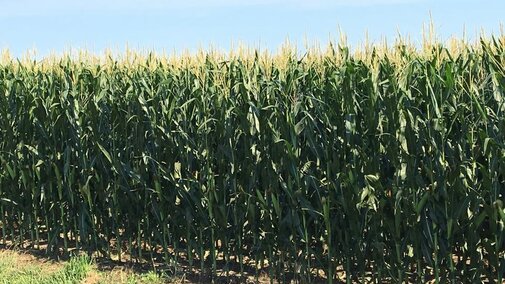The value of Nebraska’s 2020 field and miscellaneous crops is forecast at $11.9 billion, according to the USDA’s National Agricultural Statistics Service. This is up 22% from 2019.
The value of corn production is expected to total $7.61 billion, up 21% from the previous marketing year. Nebraska’s corn price is projected to average $4.25 per bushel, up $0.73 from the last marketing year.
The value of soybean production is expected to total $3.18 billion, up 36% from the previous marketing year. Nebraska’s soybean price is projected to average $10.80 per bushel, up $2.53 from the last marketing year.
Access the national publication for this release at USDA’S online library.
Find agricultural statistics for your county, state and nation on the USDA NASS site.

